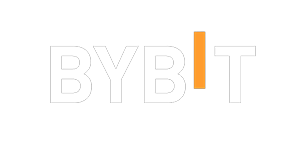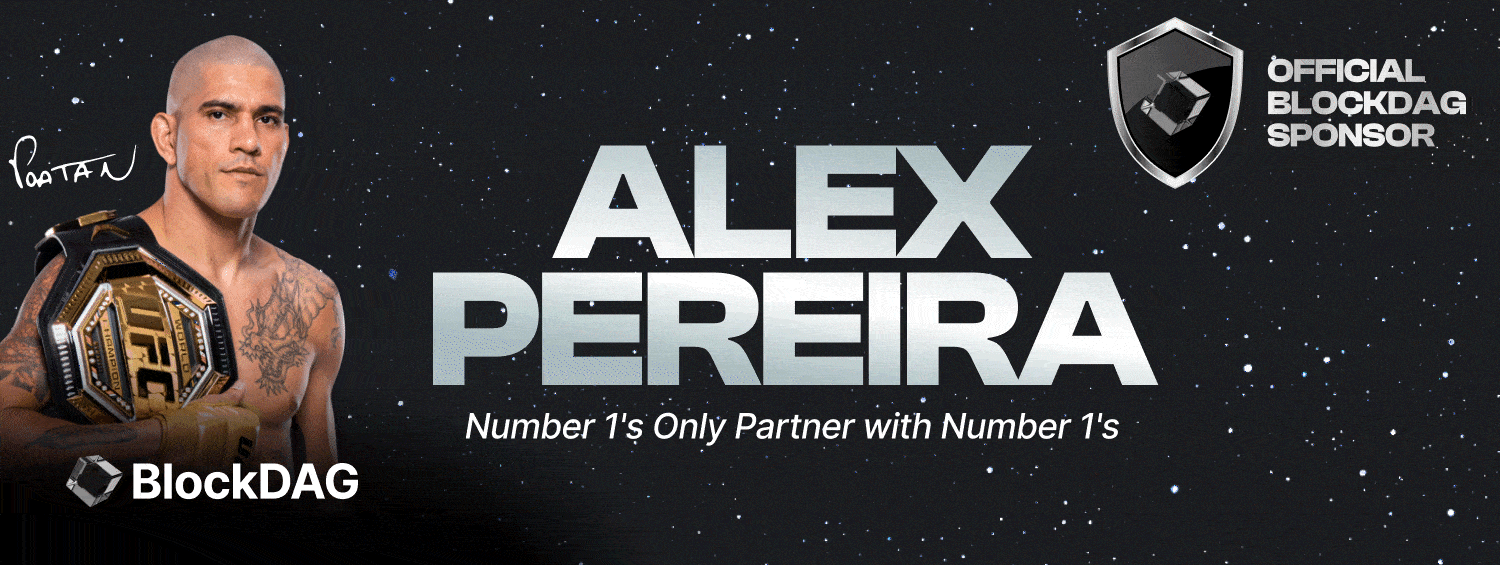Big banks like Mastercard, JPMorgan, and Visa are rolling up their sleeves to put shared ledger technology through its paces. They’re focusing on how to settle tokenized assets, think digital versions of cash and bonds, using this tech. This isn’t just theory. They’re running simulations with US dollar transactions to see how it pans out in the real world.
Getting Down to Business with Shared Ledgers
Mastercard and other major US players like US Bancorp and Wells Fargo are not just dipping toes but diving deep into this experiment. They’re testing waters with things like commercial bank money and investment-grade debt securities, seeing if they can handle these through a new system. The goal? To make money move faster and more reliably across different banks and borders without tripping over errors or frauds.
This trial isn’t their first rodeo. It builds on a previous 12-week test that ended in late 2022, focusing on bank-to-bank and international payments in dollars. But now, they’ve got even more companies on board, including Citigroup and Swift, along with big names like TD Bank and Zions Bancorp. They’ve even got brains from the Bank of New York Mellon and the International Swaps and Derivatives Association pitching in, while the New York Innovation Center at the Fed keeps an eye on things.
From Concept to Reality
This isn’t just a Mastercard show. Visa, Citi, and more are all in this together, under the watchful eyes of the Securities Industry and Financial Markets Association (SIFMA). They’re all trying to figure out if blockchain—the tech underpinning all this—can handle the big job of dealing with different kinds of money and bonds all at once.

On paper, turning these assets into tokens could let banks settle all their accounts in one place, which would be a big deal. Raj Dhamodharan, a big shot at Mastercard handling blockchain stuff, says this could be the start of something that runs all day, every day, without any hiccups.
Yet, despite the buzz, not everything’s smooth sailing. The idea of using blockchain to make real-world assets like bonds more manageable and transparent is cool, but it’s not quite there yet. The tech’s got to be able to play nice with both private and public financial systems, and that’s a tall order.
Jorn Lambert, another Mastercard tech guru, pointed out last summer that blockchain’s got a lot of potentials to change how we handle money, but we’re not quite ready to go full throttle. For this tech to really take off, it needs the green light from regulators, and we need banks ready to adopt it on a big scale.
So, what’s the bottom line here? Mastercard, JPMorgan, and Visa are betting big on blockchain to change the financial industry. They’re testing the waters with big dollar simulations, trying to see if this tech can really handle the heavy lifting of modern finance. It’s a big if, but if they can pull it off, we could be looking at a new era of how money moves around the world.


























